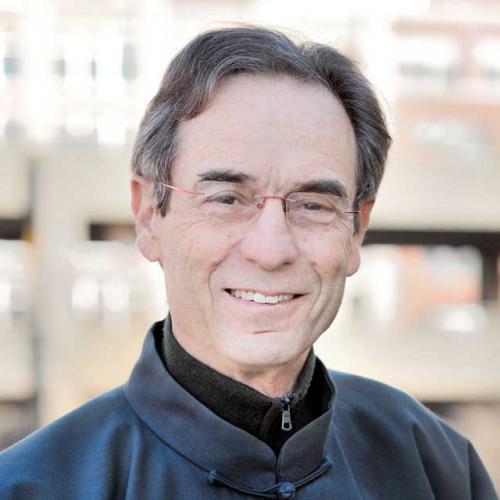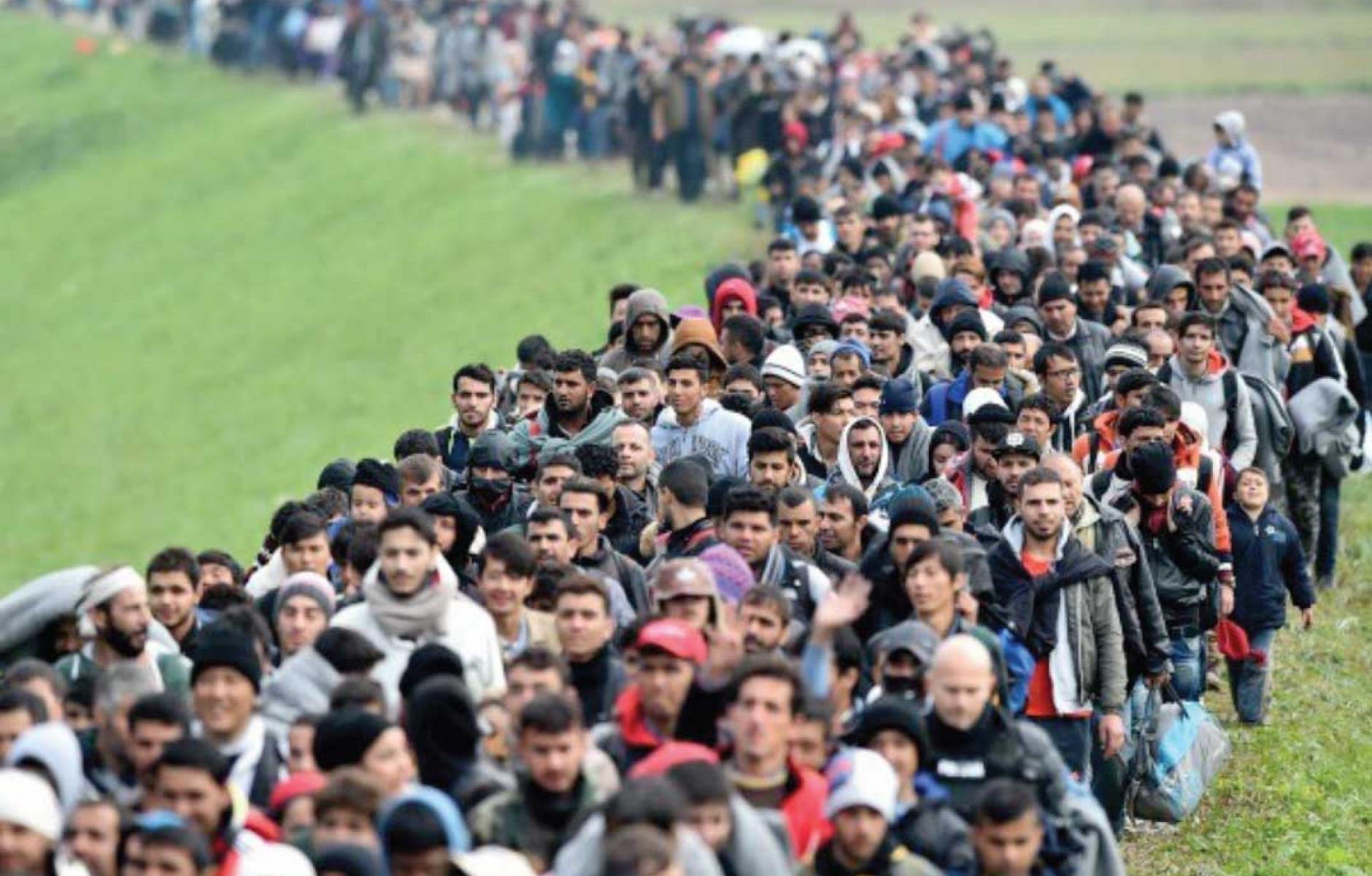
Place and the displaced
The impulse to write this occurred while I was teaching at the University of Rome last year, at a moment when the refugee nightmare was dominating the news with horrible mass drownings off the Italian coast. It was also the time when the annual meeting of the International Seminar for Urban Form, an organization that is a sort of step-sister to CNU, happened to be in Rome. ISUF meetings are refereed publish-or-perish opportunities for pre-docs, post docs and young faculty in planning and urban design from all over world. I was astounded that in a jam-packed five-day agenda, not one of these young scholars, or the smattering of distinguished old ones who were there, had a word to say about the calamity that was dominating television and the newspapers. One could ask any of these colleagues what they are interested in, and they would tell you politely that humanity’s biggest issue—more than 160 million displaced people—is not their issue.
While I encountered this academic indifference and general European confusion with the refugee crises at its doorstep, I became fascinated with a mostly untold story of a Rome’s explosive growth through immigration from a backwater village amidst its splendid ruins in 1870, to a booming modern European capital of three million. What Rome did with grace from shortly after 1870 until the early 1960’s, all of Europe is unwilling to do now, or has simply forgotten how.
Between and after four teaching trips in Rome, I came home to San Francisco and continued to read and write about this Roman story of immigrants and assimilation. But back in San Francisco, I realized that every day I was walking, usually like an insensate zombie, through a massive human horror, through suffering as tragic as the refugee camps in Jordan or Calais. San Franciscans are confronted every day with the way our society first creates and then treats human discards.
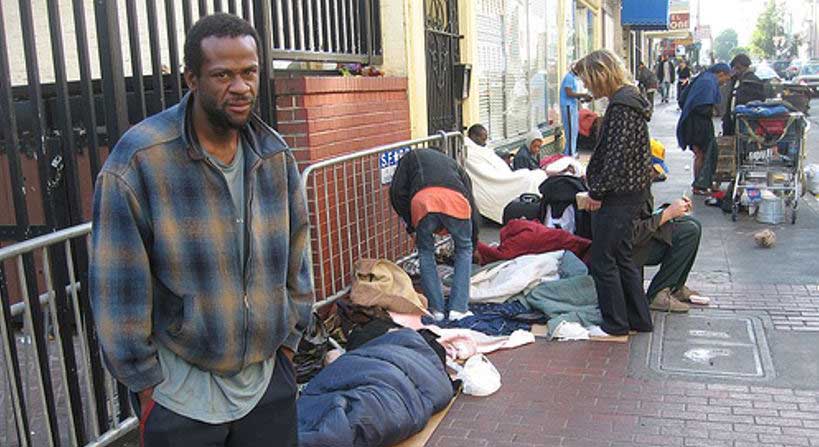
I have come to believe that these two very different issues—America’s displaced, and the world’s displaced—both scream for the same response from us, from urbanists. The inter-related phenomena of drugs, gangs, and burgeoning homelessness in the US, and the world-wide refugee crises are pieces of the same hard and complicated puzzle. In some ways it makes no sense to conflate issues that have radically different chains of causality; but in other ways they are the same issue and the relation that each has to urbanity, urbanism, urban policy, urban history, urban design and housing design are much the same.
While urbanists have had little or nothing to say on the matter, others have had a lot to say.
There is a contingent in the design community, who see the refugee crises as a huge and urgent problem in industrial design—providing shelter, lots of it, at the lowest cost and in the shortest time. Sometimes the production of minimal shelter mostly by the United Nations High Commission for Refugees is accompanied by some rudimentary urban design. But the UNHCR has committed to host countries like Jordan that refugee internment camps will not become permanent settlements. It therefore forbids the paving of streets, building sewer infrastructure or the planting of a tree for shade in the 120 degree heat of the Jordan desert.
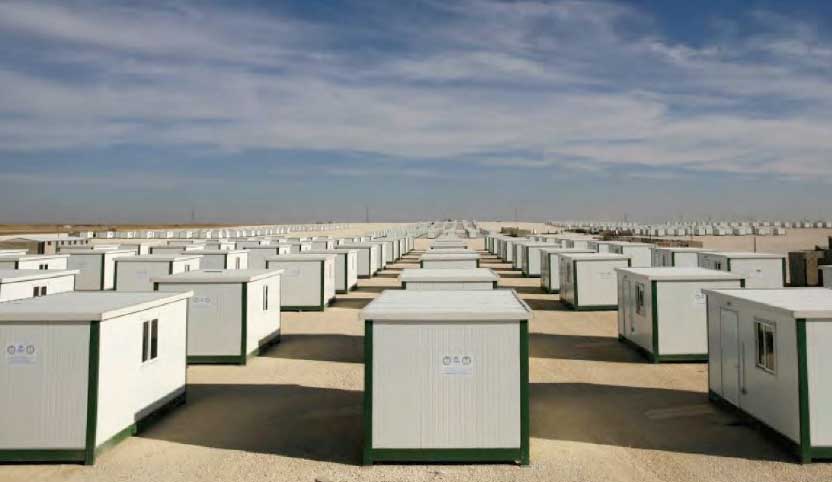
Despite all this, at places like the vast al Zaatari camp in Jordan, the irrepressible need of humans to build towns asserts itself anyway. There is a main street with thriving commerce—bakeries, restaurants, service businesses of all kinds—and people do cluster their little UN living crates into a semblance of streets and courtyards.
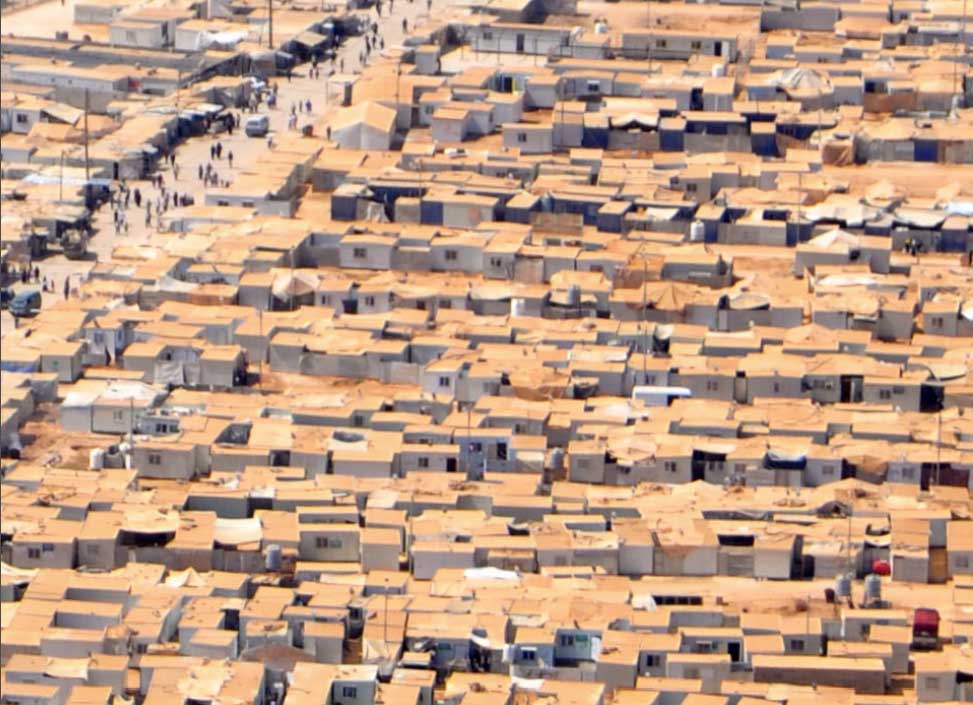
These days, city design and city building is never mentioned ever in political discourse in this country or in Europe. At the beginning of the Obama administration Time magazine, and a lot of us, thought what we were getting was a New New Deal. FDR and his great advisors like Harry Hopkins had a complete vision of a remade society, in which city building, the country’s infrastructure, and job creation were all parts of a coherent picture so powerful that, for a time, it overwhelmed a Republican opposition. In 2010 the Tea Party used the same words and phrases that had been used in 1932 and 1934 against the New Deal to derail Obama’s helter-skelter stimulus plans that never had the force of a coherent idea. For all his reflective intelligence, Obama still doesn’t seem to know what happened. Obama never understood as FDR did, and as FDR and Hopkins learned in part from Mussolini (but that is another story), the relationship between city building, the economy, housing for all, and political power.
So now we have Mr. Trump who seems to think that the answer to every urban problem lies in gold anodized aluminum. He doesn’t seem to know or care about the other meaning of guilt that has a “u” in it, but his taste in gilded buildings, hair, faucets and the like is at least an engagement in the physical world that neither Hillary nor Bernie have shown the slightest sign of.
But city design, and the capacity of cities to assimilate the migrations of people and care for the helpless are in fact a political issues—big, potent, urgent political issues. It is up to us, and to no one else better than us, to make that known. Our responsibility has a new dimension as from Austria to Australia, with a long layover in once-Great Britain, there a virulent political uprising, passionately devoted to the exclusion others and punishment of otherness.
I want to put forth two propositions that come from the last hundred years of urban history that address both of these human calamities.
Taking care of the neediest
Proposition One has to do with scale and the shriveled public commitment to the physical world and to taking care of the neediest people we have come to expect and to accept.
Consider a few numbers:
1976 was not a great year for housing the poor in the United States. Very little was built, and what was built was miserable stuff—horribly planned and cheaply made of the junkiest materials. There was not even the money to maintain the terrible temporary housing stock left over from WW II that was bequeathed to Public Housing Authorities. The HUD budget for that year was $86 Billion in 1976 dollars.
In 2016, HUD’s total budget is $47 billion 2016 dollars. However you figure the math for fifty years of compounded inflation, the cuts to HUD are several hundred percent.
Another shocker; the Federal cuts to mental health services since 1991 total $4.6 billion.
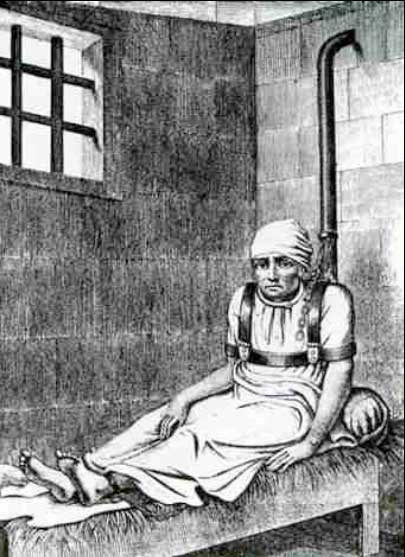
One reason that public money for housing the poor and the mentally disabled disappeared, was that people, and by extension legislators, despised what had been done with public money—the instant slums of public housing and the Dickensian horrors of insane asylums. Disillusion triggered disinvestment, rather than reinvestment in new models of housing, therapy, and care. So now we have 650,000 homeless, many of them mentally ill, living in absolute degradation and squalor in Seattle, Los Angeles, Honolulu, Boise, and more than 10 percent of them in San Francisco. The New Deal came about in response to the degradations of Hoovervilles, the shanty towns that sprouted up all over the country in the early '30s. In 2016, we have recreated Hoovervilles all over again.
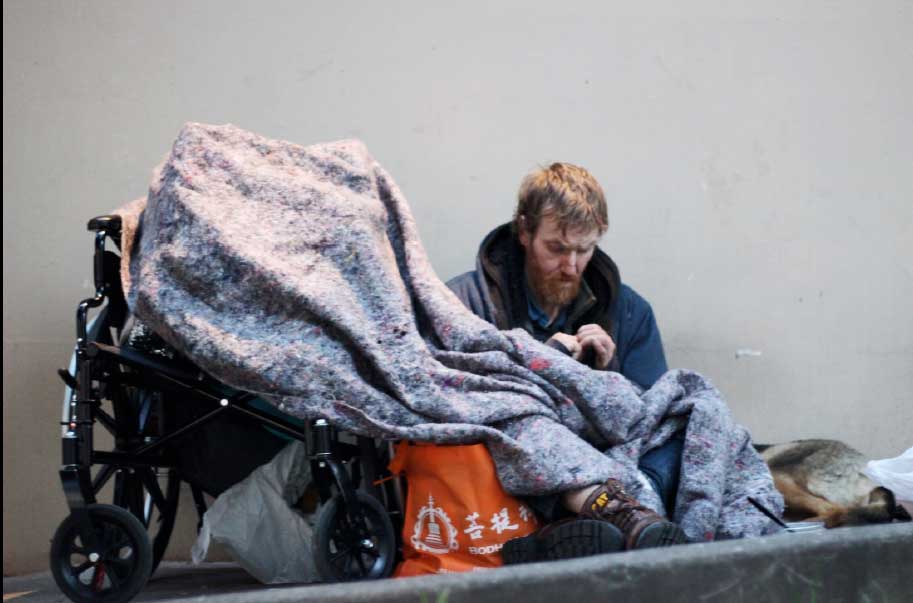
The 21st century as a new age of public parsimony is by no means just an American issue. Look around at what was built in the 1920s: New Amsterdam; Red Vienna; in Paris the beautiful Habitacion Bon Marche; in Rome a dozen splendid neighborhoods for low-income workers; in the Bronx grand housing for the Amalgamated Garment Workers.
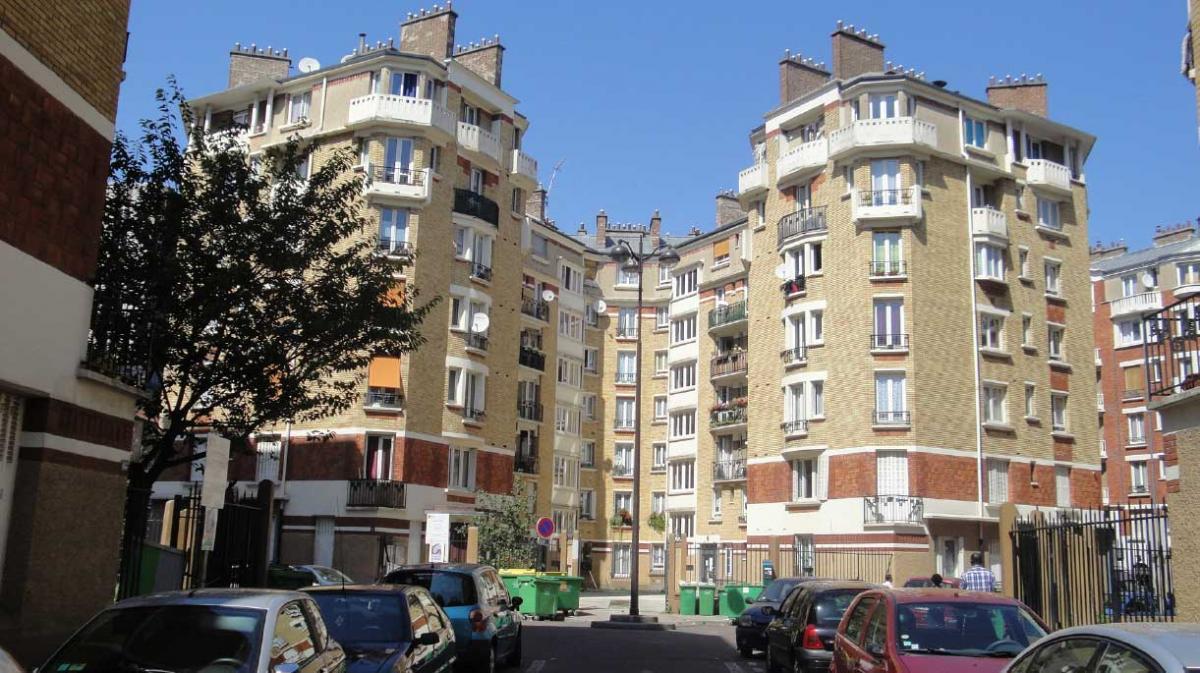
But look at the latest design of refugee housing for Grande-Synthe, France in 2016. When it comes to housing people in need, we are in the middle of whatever is the antonym of a golden age. What has happened in the last 90 years? When did sheets of raw plywood replace limestone and brick as the material of choice for low-income housing? What happened to the regimes—left, right and center—who even in the 1930s in midst of world-wide depression, struggled mightily not to have their cities overrun with helpless crazy people, huddled in doorways.
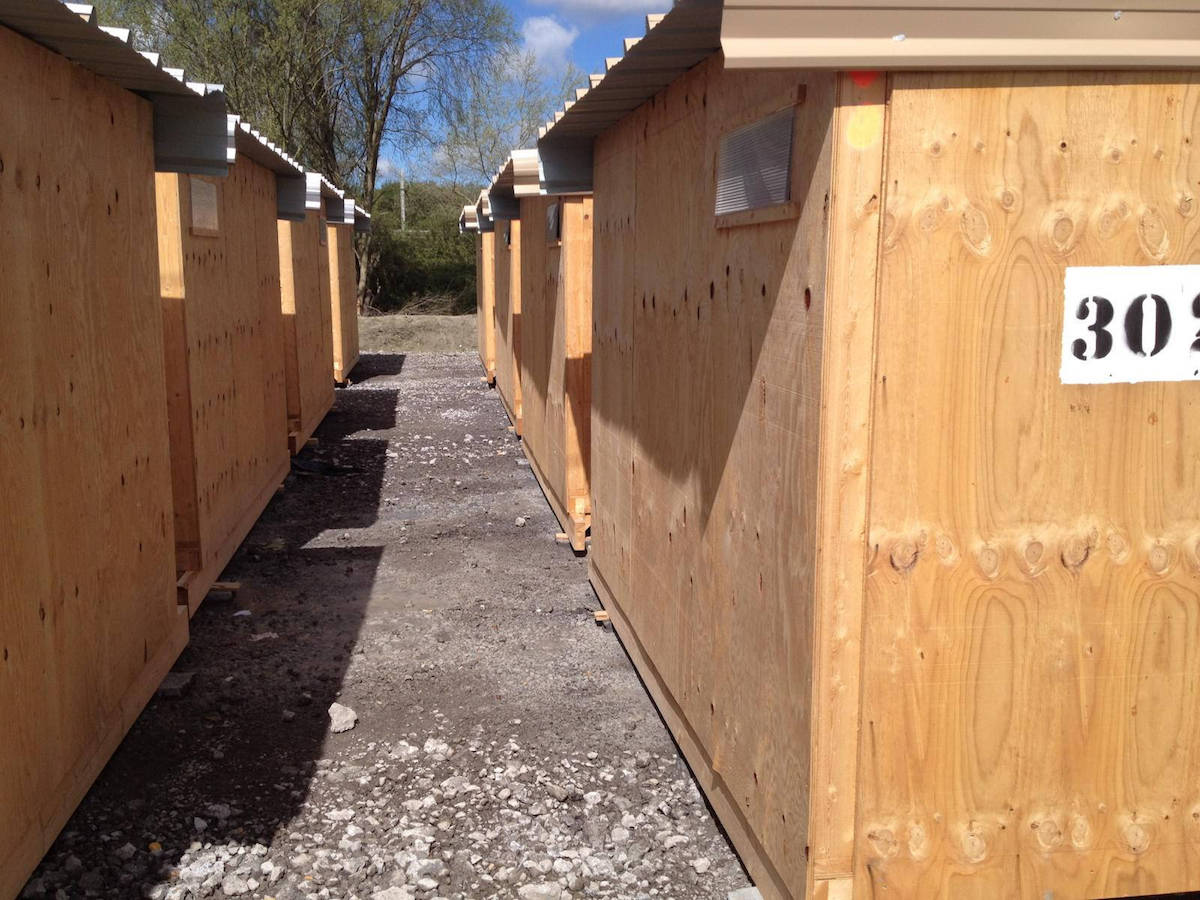
So Proposition One is a very simple idea—urbanists as advocates for societal guilt with a u—urbanists as political warriors fighting for resources devoted to people whose own labors, whose station in the world, or whose abilities cannot pay for a decent place to live. We did it splendidly and hugely ninety years ago—why in God’s name not now?
Proposition Two is more complicated, and it is where our role is most important. The history of those earlier big 20th Century commitments to building cities and housing the poor is really two histories, with many examples of investments in social housing making matters worse, and with many examples also of big investments in building beautifully on a large scale paying huge positive dividends over time—making cities thrive economically, relieving the sufferings of the poor, and most importantly for today—assimilating large numbers of displaced people into functioning cosmopolitan cities.
New Urbanism has deep roots in the places that got it right, and New Urbanism evolved largely in opposition to the places that got it wrong. It is not possible to understand fully what New Urbanism is, where it came from, and what it has accomplished without knowing this history.
One of the most important characters in the story is Catherine Bauer, later Catherine Bauer Wurster. There are two castings of the bronze bust of Catherine Bauer; one is the centerpiece of the lobby of HUD in Washington, the other ensconced in the Environmental Design Library at Wurster Hall in Berkeley.
As a first year Assistant Professor in 1968, I was charged with designing the base that the holy effigy of Saint Catherine rests upon.
Catherine Bauer is like Le Corbusier, an incandescent presence whose legacy is so baleful that it created the need for New Urbanism as a counter-force. To her great credit, she was a person with the ruthless intelligence to see, at the end of her life, the tragedy in her own flawed triumph. Le Corbusier’s unassailable megalomania spared him the pain of a similar epiphany.
This text is too brief to dissect the profound influence 20th Century urban history and Bauer’s torrid personal history had on one another, but both of those intertwined stories revolve around two study trips to see new European social housing she made as a very adventurous, very young woman in 1930 and 1932.
The housing needs in Europe after WW I were colossal. There were many experiments; an enormous amount had been built by 1930, and in that year a radical new idea was in the air. Through her many new friends on this trip, she was swept into the enthusiasm this idea generated in France, Germany, Sweden, Switzerland and Holland—notably not in Italy, but we will go there shortly.
One of the books that should be a design primer for New Urbanists is a fat, 15-pound volume called The Atlas of the Dutch Urban Block. What I have always found inspiring in this book is the great virtuosity of the Dutch, particularly HP Berlage in the years just before and after WW I, at creating city fabric of beautifully designed perimeter blocks of social housing. They were the best.
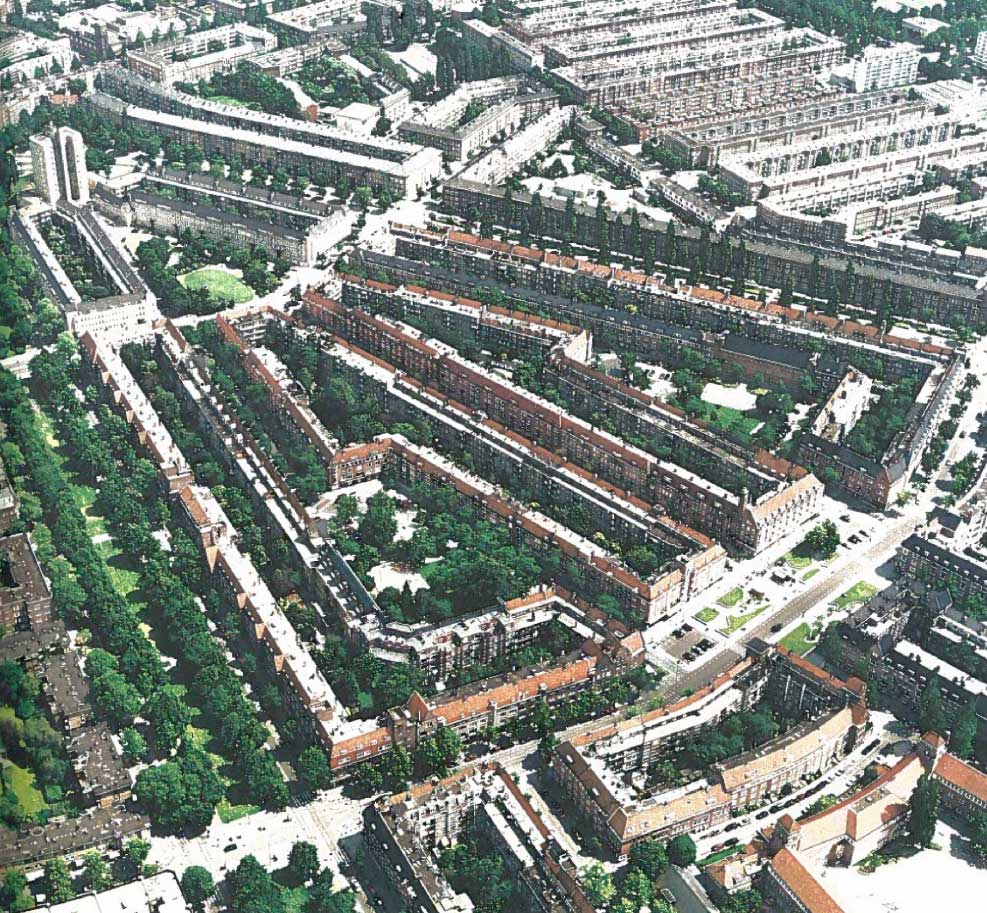
Then suddenly around 1930, the leading Dutch architects abandoned the model they had refined to absolute perfection and started building open blocks, slab blocks or what in Germany were called Zeilenbau. In Germany, Bruno Taut, a great master in the period when modernism had not yet turned into rigid conventions also turned toward the new idea of autonomous slab blocks. Sweden, too, suddenly considered their magnificent neighborhoods of the 1920s old fashioned, and embraced the new model.
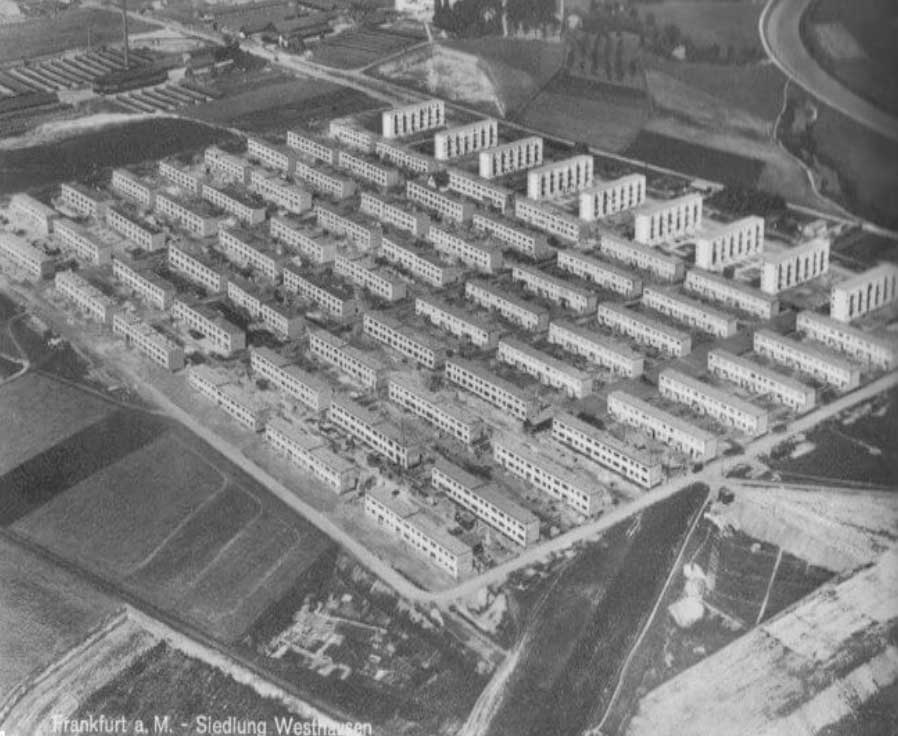
In Frankfurt, Bauer attended a three-day seminar led by the Zeilenbau’s chief apostle, Ernst May, and she saw his spectacular new project, Rommerstadt. That was all it took. She believed, as many in Europe believed, that she was present at the dawn of a golden moment of progress for mankind: scientific rationalism about daylight, health and housing production replacing the antiquated conventions of European and American cities.
She swallowed the whole fish, the new anti-city orthodoxy that was sweeping northern Europe. She brought this precious new child home with her as the basis for her seminal book Modern Housing. The essential idea of her book is that there is an unresolvable conflict between the American city with its street grids, small blocks and lots, and patterns of land ownership on one hand—and rational, scientific, humane habitat. Modern social housing should not be urban infill for simple reasons of geometry, and because of the cost and messiness of acquisition, relocation and land assembly; modern housing demanded large sites unencumbered by history, away from dense urban centers.
Her great hope was harnessing the political power and the interventionist spirit of the New Deal to achieve in America what she saw as the coming the new vision for Europe—finally realized, on a massive scale after the war in the '50s and '60s as the French Grand Ensemble around Paris.
After the publication of Modern Housing, there are different accounts of what happened to European housing ideas on their transatlantic trip. According to her main biographer, Peter Oberlander in the book Houser, she becomes like Joan-of-Arc on a heroic quest through the labyrinth of Washington and the politics of labor unions. The result of her quest was the triumphant passage of the Wagner/Stegal Act, creating American Public Housing in 1937, enshrining the idea of large housing estates on the Zeilenbau model as a new piece of the New Deal. Well, some of that did happen, notably William Lescaze Williamsburg Houses in Brooklyn—a sort of fake Zeilenbau—an anti-city superblock with a diagonal twist that had no environmental logic, and in fact turned the spaces between buildings into wind tunnels. It just looked European and modern.
A more nuanced telling of Bauer’s story by Gail Radford portrays the passage of Wagner/Stegal, not as a triumph, but as a terrible defeat masquerading as victory for the housing lobby she led. Nineteen thirty-seven was the low-point for FDR and the New Deal. Republicans in Congress were passionately opposed to publicly funded and publicly owned housing for the poor, and so eviscerated funding for Wagner/Stegal while passing it, that catastrophic failure of what was built was assured. They wanted it to fail and they made sure that it did. Bauer did succeed in one way, however—that is in divorcing public housing from the dense fabric of cities on isolated sites. But she failed utterly in funding it at a level that could emulate her iconic European models.
The cheapest possible design and construction, inadequate operating budgets, site plans totally different from American cities, and big isolated sites began the perfect recipe for disaster. The final ingredient came in the Brooks Act of 1954, a bill sponsored by Democrats, that made these isolated, already collapsing projects the exclusive domain of the poorest of the poor—almost all African American in many places.
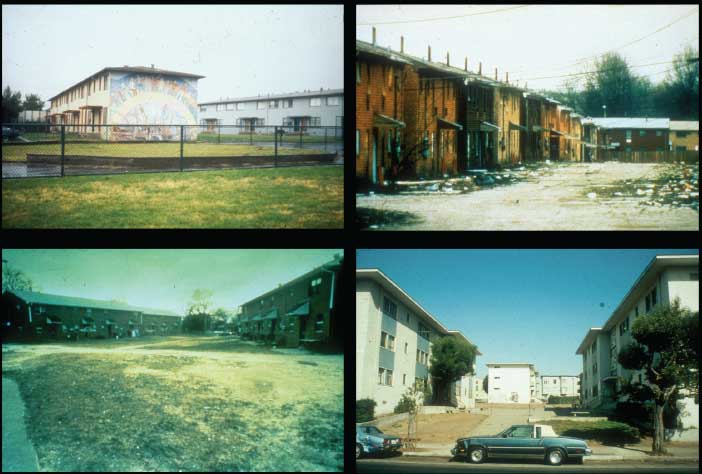
US public housing disasters.
Move the clock forward to 1995, a big year for our story and for CNU.
The French film maker Mathew Kossovitz released the film La Haine (The Hate), set in Clichy sur Boise, one of the huge Zeilenbau-style housing projects known as Le Grand Ensemble, isolated far out in the Banlieu of Paris. The story involves the journey by three young minority men from the project to central Paris, where they had never been. In the film Clichy sur Bois erupts in riots, exactly what really happened at that very spot in 2005, spreading to isolated projects all over France and bringing the country to a standstill. Move the clock another ten years forward to 2015, and the Charly Hebdo terrorists are caught in their isolated Banlieu, in the shadow of a Grand Ensemble. Cause and effect? We can only speculate, as many in the French press have, that the rise of the terrorist fringe and the isolation and desolation of the Grand Ensemble, and their designated role as a dumping ground for immigrants are inexorably linked. Marine le Pen and the Neo-Fascist right are unfinished chapters of this story.
In 1995, Henry Cisneros was Bill Clinton’s Secretary of HUD, and the American public housing disaster was fully realized. Cicneros’ tours of distressed, usually isolated projects, built on a corrupted version of the Zeilenbau model left him profoundly shaken. He had heard of a young organization called Congress for the New Urbanism. He read a draft of its forthcoming Charter and he offered to be a signatory, if we would make a few minor edits that would make it less inflammatory in Congress. He did come to CNU in Charleston amidst great flourish, signed the Charter and declared it to be the template for HUD in rebuilding America’s public housing on a New Urbanist model that is the antithesis of Wagner/Stegal’s isolated and degraded Zeilenbauen. Cisneros initiative ended up creating work for some of us for the last twenty years.
In the US, as in Europe, building against the historic patterns of cities turned isolated communities of the poor and minorities into enclaves of despair. In the US the isolated projects fed a different kind of fury. In the process of working on rebuilding public housing communities, I have come to see first-hand how the physical condition and isolation of the projects is inexorably linked to gang culture, and how gang culture supports and is supported by the drug economy. It is a common observation to anyone who spends time on any of a hundred street corners in San Francisco that the drug economy thrives on and fuels homelessness and preys upon the mentally ill.
In Europe and in the US there is an indirect line of causality: city design as the agent of segregation, alienation and violence. One wonders what will be next for the millions of people stuck for generations in the quasi-concentration camps of our day, that almost all planners and architects consider not to be their issue.
In 1996, several of us CNUers were invited to Harvard by Secretary Cisneros to present the ideas of New Urbanism to 400 highly skeptical public housing officials. Our Ray Gindroz gave a superb talk that began with one compelling image that I can neither forget nor find. It was a drawing that showed the squalid and overcrowded tenements where immigrants lived in the New York of 1900. In the street there was a horse-drawn tram, and far up the street was the emerging skyline of mid-town. Ray’s point was that opportunity for the most downtrodden of the immigrant horde was visible and comprehensible—just there, just a tram ride down the street. The essential characteristic of the city as a portal of assimilation is connectedness. That idea of connection, of housing for the poor as part of the city, and the city as a portal out of poverty has motivated what I have tried to do ever since.
But rather than discuss the work of our office, I would rather focus on what I have learned from Rome recently, and engage in a bit of blasphemy. It is a great irony that the first and longest enduring Fascist regime left us with a brilliant model for an urbanism of assimilation. The utter horrors of the last six or seven years of the twenty-two years of Italian Fascism have made the world, including almost all scholars blind to the remarkable achievements of its first fourteen years. What Italian cities achieved in the 1920s and early '30s is in many ways the exact inverse of the agendas of today’s worldwide wave of neo-fascist wall builders.
Italy in those years had its own immigrant crises. From the last decade of the 19th Century until after WW I, Italy’s principal export commodity was Italians—rural, dialect-speaking, impoverished exiles from a collapsed rural economy. The Fascists saw the possibility of expanding their political base with these displaced people—of building Rome into a modern bureaucratic capital, and Turin and Milan into modern industrial cities. But there were enormous issues of class and language to overcome. Southern peasants were almost as foreign in Milan, Turin, or Rome as Syrians are today.
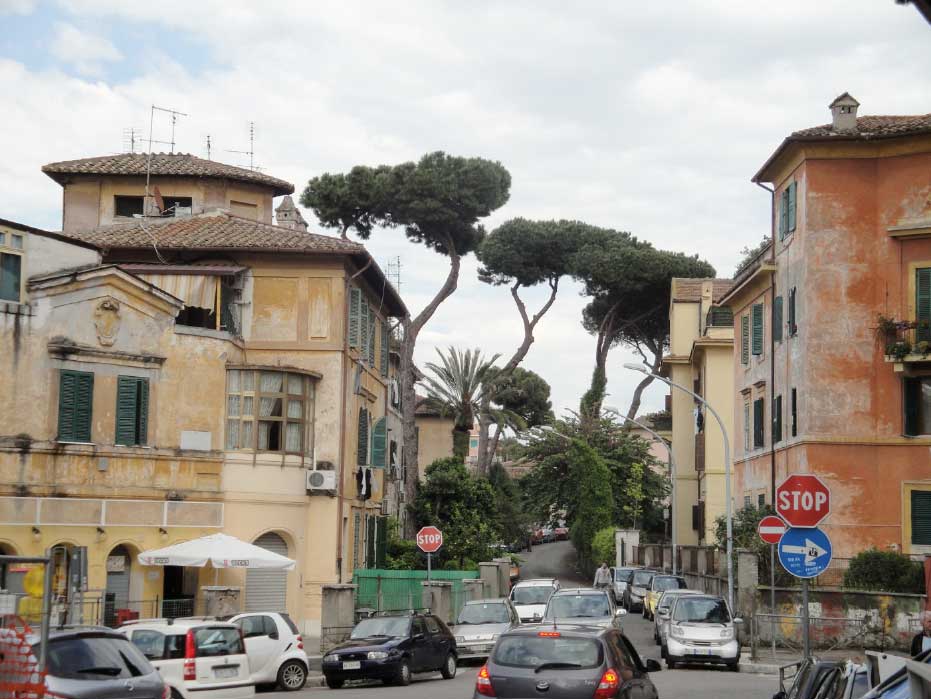
The new Roman neighborhoods that welcomed these rough newcomers were of two types. Some evoked the architecture of the Lazio countryside with picturesque planning that bore the imprint of Camillo Sitte and the Garden Cities movement. Garbatella is the most well-known and spectacularly realized of these folkish communities. The other the model for new neighborhoods of social housing were the dense streets of majestic pallazzi in the center of Rome. Neighborhoods like Prati and Testacchio, based on the Renaissance city, gave newcomers full status as Romans.
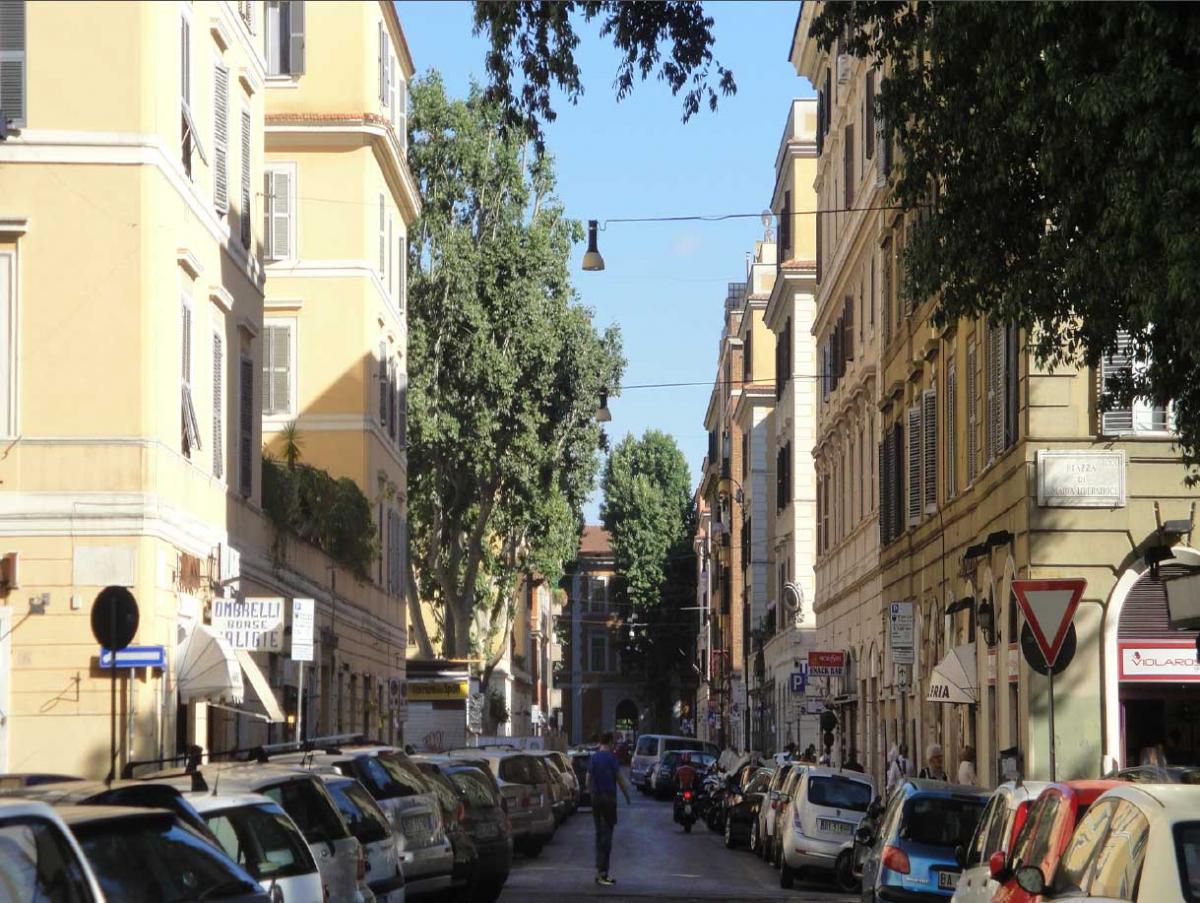
Fascist strategy was rigid social stratification—one neighborhood for butchers, another for postmen, etc. But all these Roman neighborhoods are connected—part of the interwoven fabric of the city. Roman neighborhoods, like the HBM in Paris, like the great projects of Red Vienna, are beautiful, and beautifully built of enduring materials. They used historic models in inventive ways, and were done by the very best architects and planners. They are places of pride, most of them robustly maintained 90 years after they were built, while what little we built as housing for the poor in the 1970s has fallen to pieces, along with the lives of so many of its residents.
The enduring models of egalitarian city building are models of connection, assimilation, opportunity and hope. Much of that heritage is all through modern Rome, but there is also an American heritage of neighborhoods integrated with city fabric, that have been portals of assimilation.
Hannah Arendt used the term “worldlessness” to describe the condition where a person does not belong to a place that affirms their humanity. The idea comes from Heidegger for whom “world” could be both a noun and a verb. He spoke of “the unworlding of the world.” If urbanists are not world makers, who is? If the history of the great accomplishments and great failures of urbanists don’t provide models for the creation of worlds for the worldless, what does?
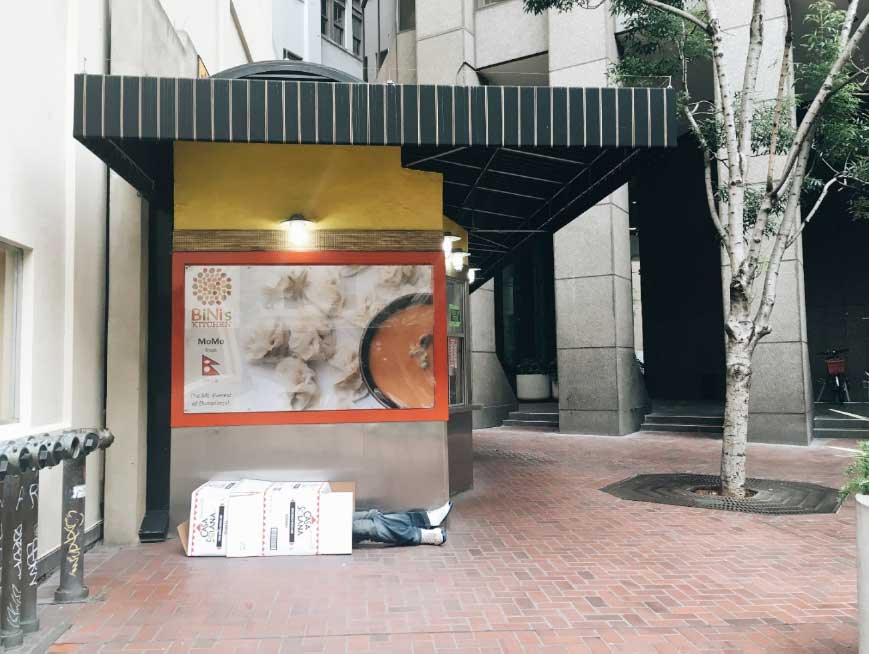
“Place” can also be both a verb and a noun. One can place the displaced; make place for them; world them. Ninety years ago the world worlded; made worlds. Now the world has forgotten that it must—for its own survival it must—but it has almost completely forgotten how. That is our job, out biggest new job, as advocates for the making of worlds for the worldless, and as learned students and teachers of urbanism’s own most noble history. There are millions of people who desperately need us to become advocates for our own history.
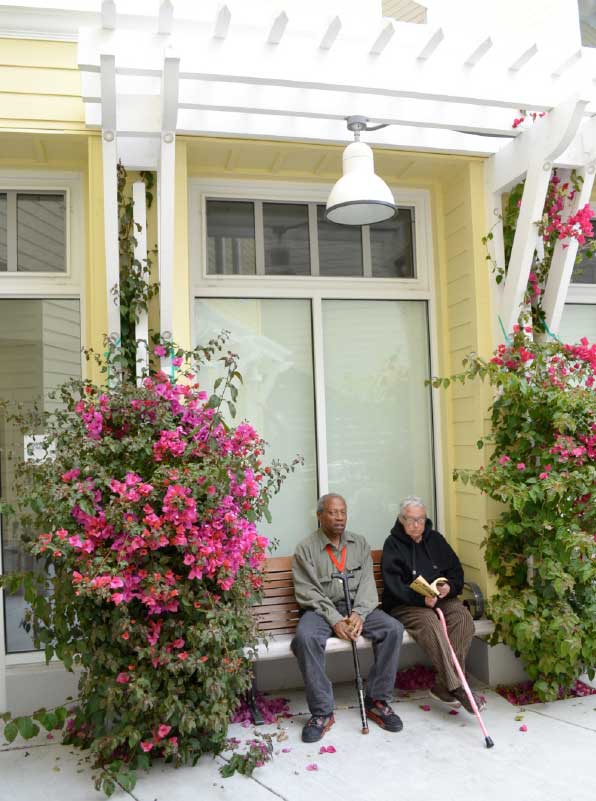
This article was originally presented orally to attendees at CNU 24 in Detroit.




